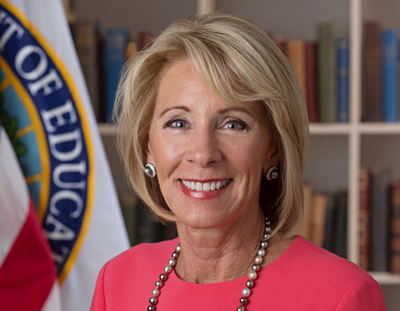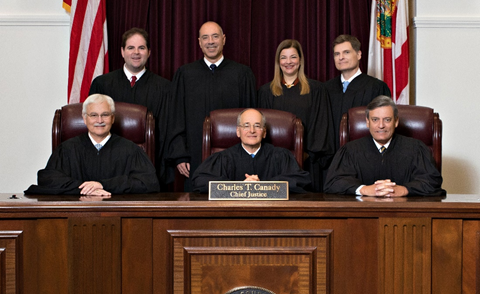4 In 10 U.S. Teens Say They Haven't Done Online Learning Since Schools Closed – By Anya Kamenetz, NPR
With most schools closed nationwide because of the coronavirus pandemic, a national poll of young people ages 13 to 17 suggests distance learning has been far from a universal substitute.
The poll of 849 teenagers, by Common Sense Media, conducted with SurveyMonkey, found that as schools across the country transition to some form of online learning, 41% of teenagers overall, including 47% of public school students, say they haven't attended a single online or virtual class.
This broad lack of engagement with online learning could be due to many factors. The survey was conducted between March 24 and April 1; some districts may have been on spring break or not have begun regular online classes.
There are also resource gaps. In the past few weeks, school districts have purchased and started loaning out hundreds of thousands of laptops and tablets and worked with telecom providers to get families set up with Internet. But the need is large. Before the pandemic, it was estimated that about 12 million students had no broadband access at home.

$6 billion will go to colleges to aid low-income students during crisis – By Jennifer Chambers, the Detroit News
U.S. Secretary of Education Betsy DeVos announced Thursday that more than $6 billion will be distributed immediately to colleges and universities nationwide to provide direct emergency cash grants to low-income students whose lives and educations have been disrupted by the coronavirus outbreak.
The funding is available through the Higher Education Emergency Relief Fund authorized by the Coronavirus Aid, Relief, and Economic Security (CARES) Act, signed into law by President Donald Trump less than two weeks ago.
The money, DeVos said on a teleconference call, can pay for expense like course material, technology, food, health care, child care and housing.
"We want to get support to those in need," DeVos said during the call with reporters. "For displaced and disrupted college students, we don’t want unmet financial needs to derail learning. We are acting to directly support students."

Betsy DeVos
Florida Supreme Court rejects districts’ challenge to charter school law – By Jeffrey Solochek, Tampa Bay Tribune
Nine Florida school districts have lost their final legal effort to overturn a controversial 2017 law they contended wrested away some of their constitutionally authorized local control.
In a unanimous decision, which included no explanation, the state Supreme Court stated Tuesday it would not take up the districts’ appeal of two lower courts’ rulings that HB 7069 was constitutional. It will not consider the matter for rehearing.
At issue was the Legislature’s creation of “schools of hope,” a new form of state-authorized charter school that school districts did not have control over their approval or denial. The legislation also directed school districts to send a portion of their local tax revenue to charter schools.

Online education platforms scale college STEM instruction with equivalent learning outcomes at lower cost – By Igor Chirikov, UC Berkeley Online
Online and blended (online and in-person) STEM instruction can produce the same learning
outcomes for students as traditional, in-person classes at a fraction of the cost, finds research
published today in Science Advances.
A team of researchers from the University of California at Berkeley, HSE University Moscow in
Russia, Stanford University, and Cornell University used a multi-site, randomized controlled
study at three Russian universities to compare performance and satisfaction for students in two
engineering courses. The students were randomly divided into the three cohorts and received
identical lessons and assignments via one of three delivery modalities: 1) in-person lectures and
discussion sections 2) a blend of online and in-person instruction, and 3) fully online instruction.
The online and blended instruction utilized OpenEdu, a platform developed by a non-profit
organization in Russia to make online university courses available to the public.
At the conclusion of the courses, researchers measured final exam scores, performance on
course assignments, and student satisfaction. Students in all three modalities had similar scores
on final exams. Students in fully online modality scored higher on course assignments but
reported slightly lower satisfaction than students in the in-person modality. Furthermore, the
online and blended modes of instruction cost significantly less per-student than traditional, in-person instruction. Blended instruction lowered the cost of per-student instruction by 15-19%
depending on the course; online instruction lowered the cost of per-student instruction by 79-
81% depending on the course. These cost-savings can fund increases in STEM enrollment.











